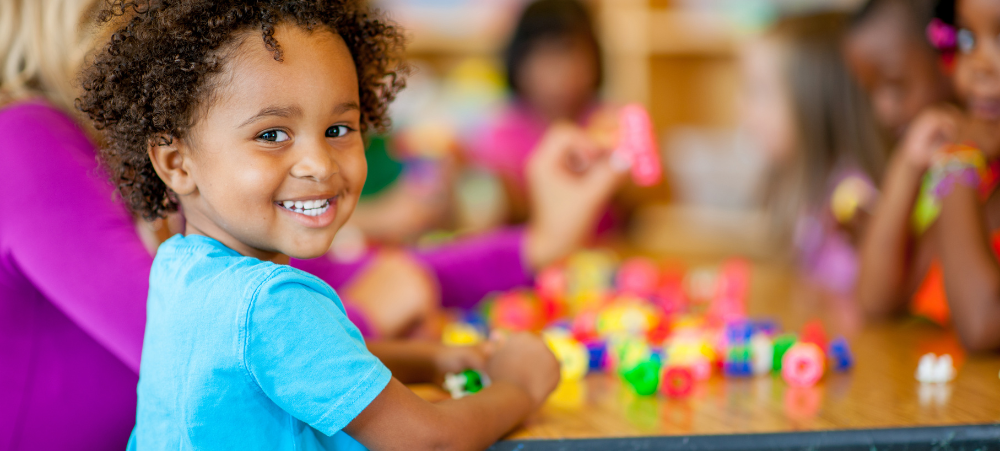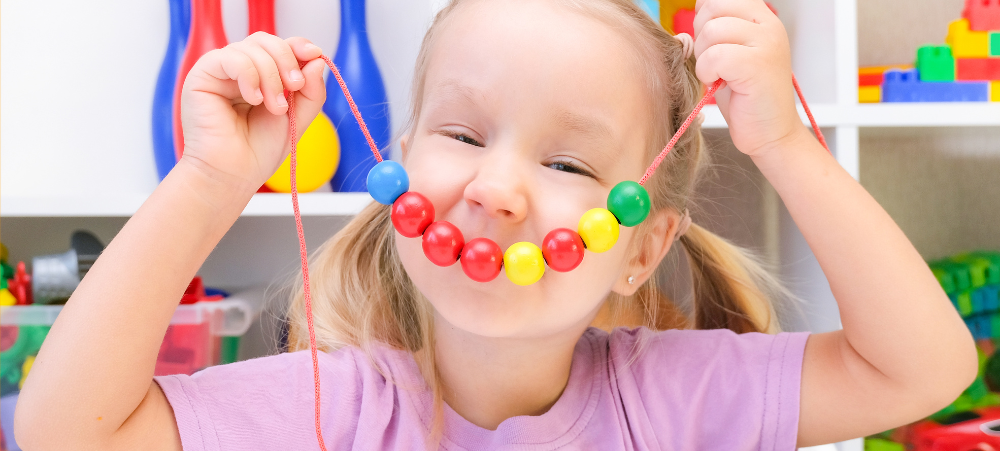From the first heartbeat, a mother’s presence offers warmth, safety, and guidance. In those crucial early years—especially the first 1,000 days when a child’s brain and emotional wiring are rapidly forming—the influence of mothers and maternal figures can help shape how children learn and who they become. Across South Africa and beyond, mothers and female caregivers are often the first teachers, role models, and nurturers that children encounter. Their presence anchors childhood in stability, empathy, and love. “We often talk about education starting at school, but it truly begins at home—often in the lap of a mother, grandmother, or aunt,” says Ursula Assis, Managing Director of Dibber International Preschools South Africa. “These early experiences, wrapped in care and routine, shape how children view themselves and the world around them. That is why our approach to early education deeply values the role of mothers and matriarchs as co-educators.” Mothers are often the emotional epicentre of a child’s world. From a warm hug after a tumble to bedtime lullabies passed down through generations, maternal figures provide children with emotional safety, an essential condition for healthy development. Children learn empathy, resilience, and self-confidence when a mother validates emotions or responds with kindness. Early Learning Starts with Mum The influence of mothers on child development often begins with simple, everyday interactions. Singing a folk song in Afrikaans, preparing meals together, or helping with counting games in isiXhosa—these early moments spark language skills, curiosity, and a love of learning. Mothers have laid the foundations for cognitive and social development before formal schooling begins. Whether it’s allowing a toddler to choose their outfit or encouraging them to share their ideas, mothers empower children to be heard. This nurtures independence and helps children build a strong sense of identity. In South African homes, where many mothers juggle work, parenting, and community responsibilities, their ability to balance strength with softness is a profound model for young children. In homes filled with laughter, traditions, and story-sharing, maternal figures quietly shape a child’s understanding of values—respect for elders, sharing with others, and standing up for what’s right. These lessons are often passed down during ordinary routines, becoming extraordinary building blocks of a child’s moral compass. Extended Family: A Collective of Care While mothers hold a special role, South African children are often raised by a robust network of women—grandmothers, sisters, aunts, and caregivers—each contributing in unique ways. This shared responsibility is a celebration of ubuntu, reinforcing a child’s sense of belonging, community, and connection. Dibber honours the vital role of mothers and strong female figures in a child’s early years. The preschool’s educators work hand-in-hand with families, ensuring that what begins at home is nurtured in its classrooms. When a child feels loved, safe, and seen, the learning never really stops. It only grows stronger.



































